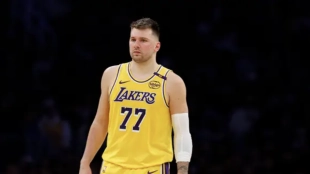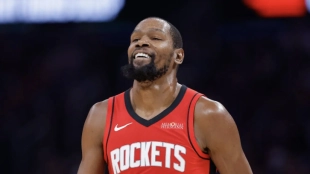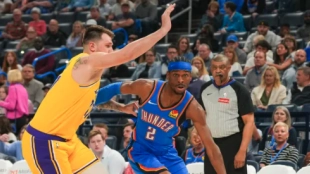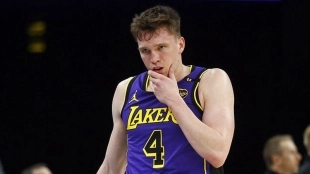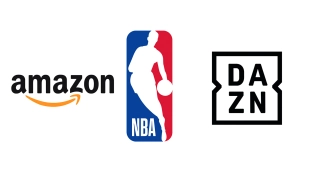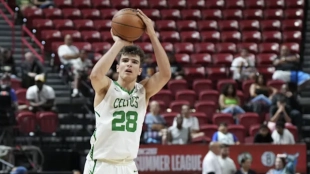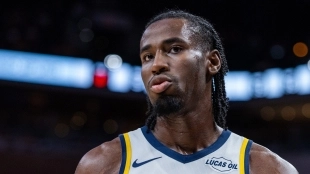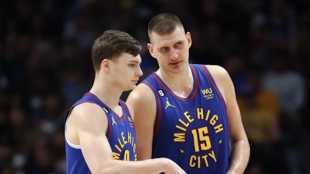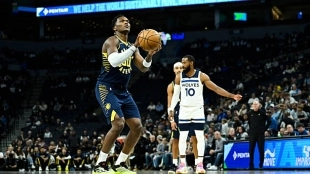
The NBA salary cap serves mainly to restrict how much a team can spend on player salaries during a season. However, because the league uses a flexible cap (soft cap) instead of a rigid one (hard cap), there is no figure that teams cannot exceed entirely. As long as they do not use certain exceptions or acquire a player through a sign-and-trade, teams are not subject to a strict maximum limit.
However, there is a minimum threshold that teams are required to meet each season: the salary floor, which demands spending at least 90% of the salary cap. In the 2025/26 season, with the cap set at 154,647,000 dollars, the salary floor is 139,182,000 dollars.
To determine if a team reaches that minimum, retention rights and international trades are not considered, but the salaries of players who have suffered career-ending injuries or illnesses are taken into account, even if they are no longer included in the team's salary cap.
Changes in the new Collective Bargaining Agreement
Under the previous CBA, the penalties for not reaching the salary floor were mild: the team simply had to pay the difference to its own players. However, with the new CBA, the consequences are much stricter:
-
Now the floor must be reached before the start of the regular season, not at its conclusion.
-
A team that starts below the floor will not receive a portion of the luxury tax distribution at the end of the season.
-
Additionally, a cap hold equivalent to the difference will be added. For example, if a team starts with 134,182,000 dollars in salaries, a 5 million hold will be added until reaching the minimum, and that salary space cannot be used until surpassing the floor.
The "MTS threshold" and the Pistons case
Each team receives a MTS threshold (Minimum Team Salary) at the start of the season, which is the lesser of the salary floor and the team's total salaries on that night. If at any time they fall below that threshold, they have until the next day to exceed it again.
This happened to the Pistons in 2024/25 when they waived Paul Reed, whose partially guaranteed contract was worth 8 million. They dropped below the floor and promptly reacted by signing Javante McCoy to a higher-than-minimum salary less than 24 hours later.
Direct loss and redistribution
A team that starts below the floor must pay that difference at the start of the season and cannot recover it even if they later surpass the threshold. For instance, starting 5 million below, they will immediately pay that amount to the NBA and will not be reimbursed even if they rise above the floor later.
If at the season's end their actual salary (adjusted, for example, for unmet incentives) falls further below, the team will have to pay the additional difference to the league.
Previously, that money went to the team's own players. Now, the deficit amount goes to the NBA, which redistributes it among all league players based on their salaries.
Fewer incentives to spend below the floor
Due to these changes, it is unlikely that we will see a team start the regular season below the salary floor. The penalties are more significant: they cannot use their entire salary space, lose luxury tax revenues, and cannot exclusively reward their own players.
Currently, the Nets are the only NBA team below the salary floor for the 2025/26 season, although indications suggest they will resolve this before the league's kickoff in October.
This news is an automatic translation. You can read the original news, El límite salarial de la NBA: nuevas normas, más consecuencias

